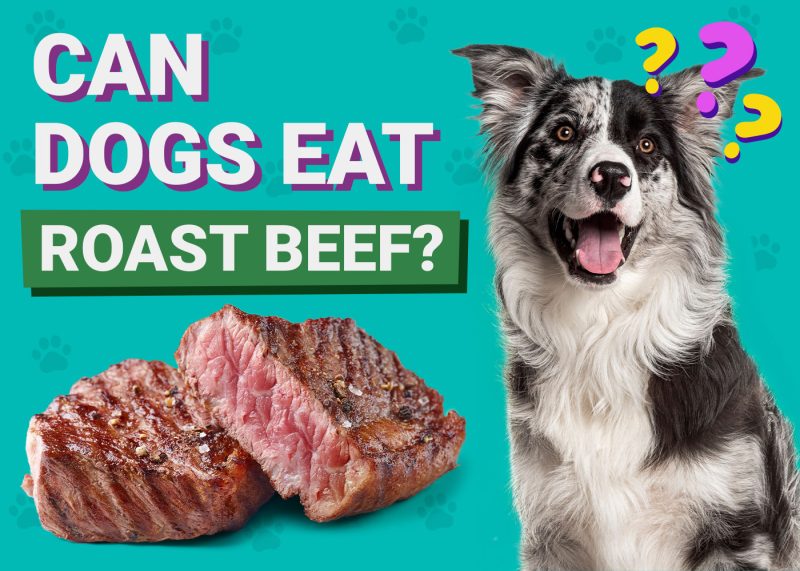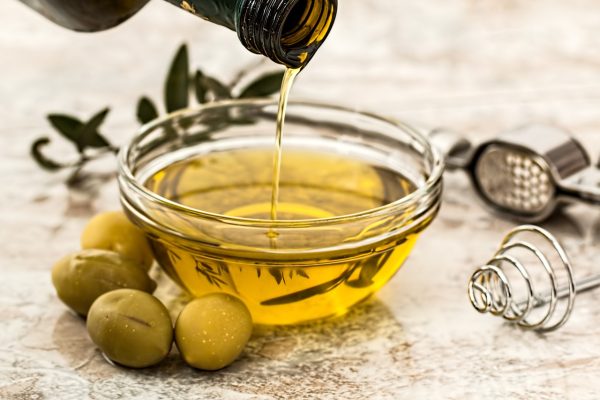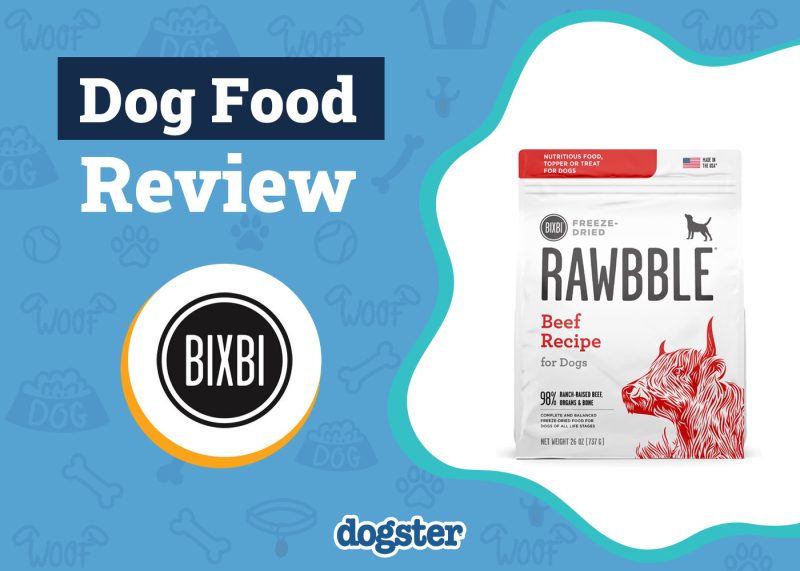You may have seen values relating to the fat-to-protein ratio (FPR) of your dog’s diet and wondered what this tells you. Is it a helpful indicator of the quality of their diet?
The FPR (which is normally expressed as a percentage) is sometimes used to give rough guidance on the levels of lean meat in dog food compared with fatty ingredients. The average FPR range for dog food should on average be between 50% and 80%, but it is generally used to look for outliers. The number shouldn’t be taken literally and it should only be used alongside more important information such as the actual amounts and types of fat and protein.
Let’s look into this in more detail to help you assess the nutritional content of your dog’s diet.

What Is the Fat-to-Protein Ratio?
The ratio of fat and protein is more commonly used by the dairy industry to assess the nutritional composition of milk, and as an indicator of the cows’ energy balance. This helps dairy nutritionists to evaluate whether their diet is meeting their energy requirements. It can also be used in the meat industry to compare the amount of fat and proteins in different cuts of meat.
In dog food, the FPR is sometimes calculated to help detect excessive amounts of fatty meat and used as one way to assess the quality of the ingredients in the diet. It is normally calculated as a percentage. The higher the FPR, the more likely the food is to contain more fatty ingredients. The average FPR for wet and dry dog foods is around 55–65%. The general rule is to avoid foods with an FPR higher than 90%.
What is more important, however, is knowing that the dog food you chose contains the correct quantities of a high quality, digestible protein source which contains all the essential amino acids dogs need, and the right amount of essential fats.

How to Calculate the FPR of Dog Food
- Look at the nutritional content label on the dog food package.
- Write down the crude fat and crude protein numbers from the guaranteed analysis.
- Divide the fat by the protein.
- Multiply the result by 100 to get the FPR expressed as a percentage.
Why Does the Amount of Fat in Your Dog’s Food Matter?
Fat is an important, but often misunderstood, part of a healthy balanced diet. It has many important roles in your dog’s body including providing energy and insulation. However, all types of fat are not the same. Different fats are made up of different fatty acids and some types of fatty acids have particular health benefits. Omega-3 and omega-6 are essential fatty acids that dogs cannot make on their own and so must get from their food in the right quantities.
Both too much and too little fat can cause health issues in dogs. The ideal amount of fat in a dog’s diet will vary depending on many factors. Growing puppies, pregnant or lactating dogs, or extremely active dogs (e.g. hunting and sled dogs), will need higher fat levels.
Fat is high in calories and so an excess in the diet can lead to weight gain and obesity. High fat diets can also cause gastrointestinal issues such as vomiting and diarrhea and can lead to pancreatitis. Therefore dogs that are prone to gastrointestinal issues or pancreatitis, or those that are diabetic or suffer from hyperlipidemia, usually benefit from lower-fat diets.

What Are the Right Amounts of Fat and Protein for my Dog?
Pet food labels contain a lot of information and we know it can be hard to make sense of it all. Firstly look for diets labeled as “complete and balanced”. The term “complete” means that the product contains all the nutrients a dog needs to support its daily life when fed as directed.
The Association of American Feed Control Officials (AAFCO) nutritional adequacy statement will also tell you what life stage the food has been approved for. In order for a food to be marketed as “complete and balanced” it must meet or exceed the AAFCO nutrient profile.
The AAFCO nutrient profile states that dog diets should contain a minimum of 22.5% protein (based on dry matter) for growth and 18% DM for maintenance. The AAFCO minimum crude fat level for growing puppies is 8.5%, and 5.5% for adult dogs.
So the individual requirements for your dog will vary depending on their age, activity levels, and their health status. It’s always best to consult with a veterinarian when trying to figure out the best nutritional plan for your dog.
If you need to speak with a vet but can't get to one, head over to PangoVet. It's an online service where you can talk to a vet online and get the personalized advice you need for your pet — all at an affordable price!


Conclusion
You can calculate and look at the fat-to-protein ratio of your dog’s food to give you a very rough indicator of the quality of the nutrition, and to help avoid an excess of fatty ingredients. Don’t take this value literally or on its own, though. Always take into consideration other more important factors such as the actual amount and types of protein and fat in the diet. Your vet will always be happy to advise and guide you when choosing the right levels of fat and protein for your dog based on their age, health, and activity level.
Featured Image Credit: Rawpixel.com, Shutterstock


















